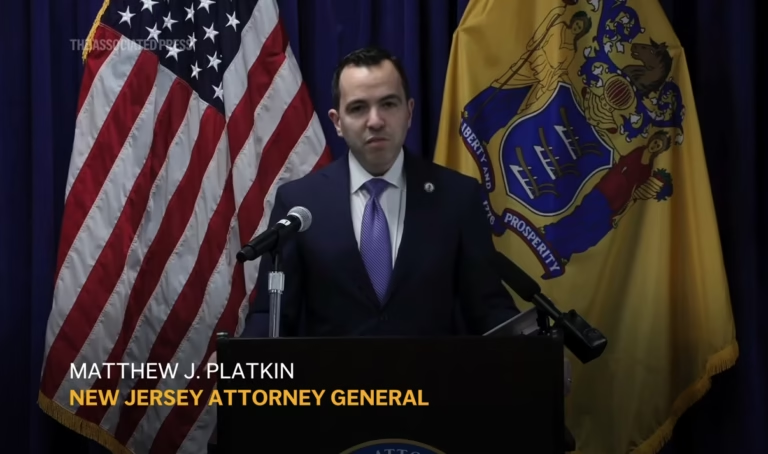With Rain Forecasted, Mayor Issues Emergency Order to Shore Up Burn Areas & Protect Watershed and Beaches From Hazardous Runoff
LOS ANGELES — Ahead of possible rain, Los Angeles Mayor Karen Bass issued an Emergency Executive Order Jan. 21, to support burn areas and to mitigate the serious health and environmental impacts of fire-related hazardous pollutants on the stormwater system, beaches and ocean. The order marshals City Public Works crews to clear and remove vegetation, shore up hillsides, reinforce roads and clear debris from neighborhoods and burn areas ahead of rainy weather that could arrive on Saturday.
Mayor Bass’ order directs actions including:
- Preparing for future wet weather by installing reinforced barriers
- Removing fire debris with heavy duty equipment
- Capturing stormwater and diverting it to the sewer system
The order will be implemented in coordination with LA County and state departments. Later on Jan. 21, Mayor Bass will inspect progress made by city crews to install reinforcements and on other protective measures.
Emergency Executive Order No. 2
Watershed Protection
Issue Date: January 21, 2025
Subject: Expediting Measures to Protect Water, Beaches and Ocean From Hazardous Pollutants in the Coming Rainy Season
In accordance with my Emergency Executive Order No. 1 issued on January 13, 2025, the five Bureaus of the Board of Public Works established the Watershed Hazards Mitigation Task Force to evaluate and recommend emergency mitigation measures in anticipation of Los Angeles’ rainy season.
To protect infrastructure, properties, local waterways, beaches, coastal waters, and groundwater basins from mudflows, debris flows, and toxic runoff caused by the firestorm, pursuant to City Charter Section 231, subsection (i), and under the provisions of the Los Angeles Administrative Code Section 8.29 that authorize me to promulgate, issue and enforce emergency rules, regulations, orders, and directives, I hereby declare the following order to be necessary for the protection of life and property and I hereby order, effective immediately that the City take the following actions utilizing City staff or contracts:
- Wet Weather Preparedness
- Implement temporary erosion control and debris-flow mitigation measures within the streets and flood control infrastructure of burn areas to keep contaminated materials from entering the storm drain, in cooperation with California Office of Emergency Services, Los Angeles County and other government organizations. This will include sandbags, straw wattles, and other flow control and filtration measures, as needed.
- Remove vegetation and sediment from debris basins in the Palisades area in accordance with the Governor’s Executive Order N-13-25, issued on January 20, 2025.
- Restore the use of Low Flow Diversion pump stations that capture stormwater and divert it to the sewer system during low flow conditions to prevent fire-contaminated stormwater from being directly discharged to the ocean. Actions required include acquiring and utilizing portable generators until utility power is restored, assessing the power and communications status, and completing any necessary repairs.
- Identify opportunities for soil stabilization on private properties and notify homeowners of County, State and Federal guidance for flood, debris, and erosion control.
- Burn Debris Control Measures
- Install caps or plugs on the sewer house connections from damaged homes to keep contaminants and debris from entering the sewer system. This debris may collect in the City’s sewer system and cause sanitary sewer overflows that could enter nearby catch basins and discharge to the ocean.
- As allowable by Los Angeles County Department of Public Health and in cooperation with State and Federal agencies, conduct street sweeping in the Palisades area to remove debris with potential contaminated materials from the public right-of-way before they enter into the City’s storm drain systems.
- Encourage residents not to wash cars and driveways such that the runoff leaves their property. For properties with no fire damage, residents are directed to follow Los Angeles County Public Health guidelines to properly collect and dispose of the ash.
LA County Library Foundation and Altadena Library Foundation Launch Connected Wellness Campaign to Support Los Angeles Fire Victims
Los Angeles County — In response to the devastating impacts of the Los Angeles Wildfires, including the Eaton Fire, LA County Library Foundation and Altadena Library Foundation have partnered to launch the connected wellness campaign, a collaborative effort to provide essential resources to affected families and individuals.
The campaign aims to address three critical needs:
- New Books and School Supplies: Funds will provide new books and school supplies to help children and families continue their education with essential learning materials.
- Free MiFi Internet Services: Donations will be used to provide MiFi devices with a data plan. These portable hotspots utilize cellular networks to offer Wi-Fi, keeping families and individuals connected to vital resources.
- Diapers, Wipes, and Menstrual Products: Contributions will support the purchase and distribution of diapers, wipes, and menstrual products that are crucial to maintain health and well-being.
This partnership underscores both foundations’ commitment to helping the community recover by providing resources that enhance connectivity and well-being during this challenging time.
Community members across Los Angeles County are encouraged to support this vital effort. Due to space limitations, the library systems can only accept monetary donations at this time. Visit LACountyLibrary.org/connected-wellness or AltadenaLibrary.org/connected-wellness to learn more and donate.












